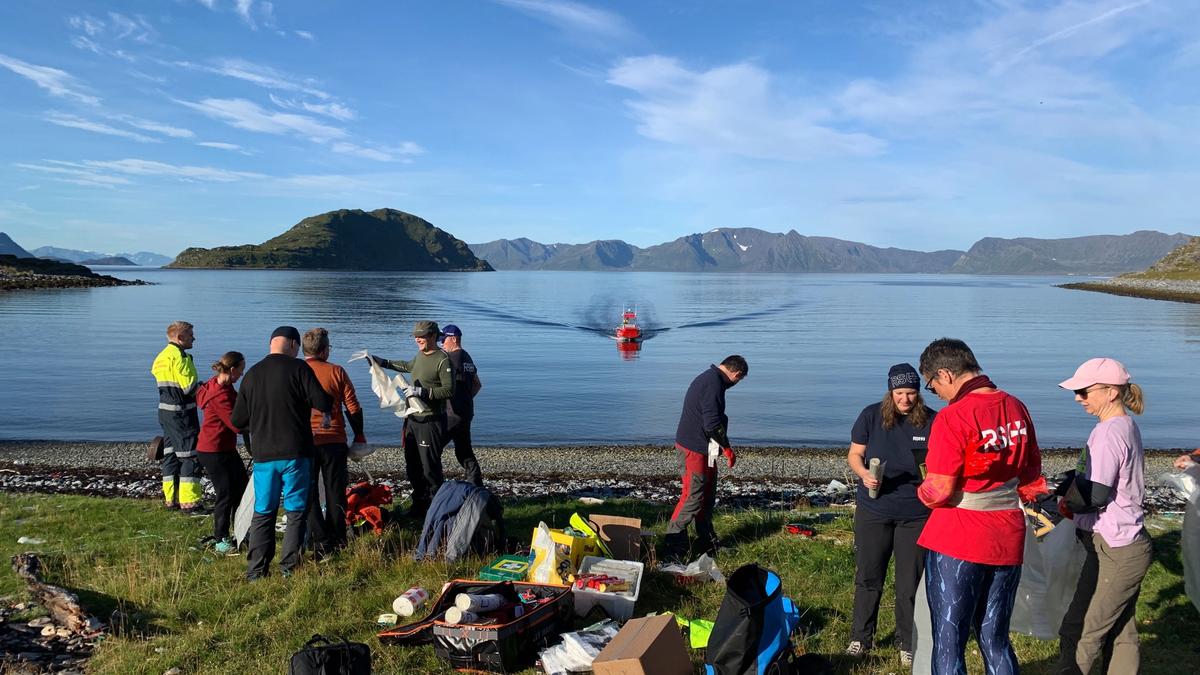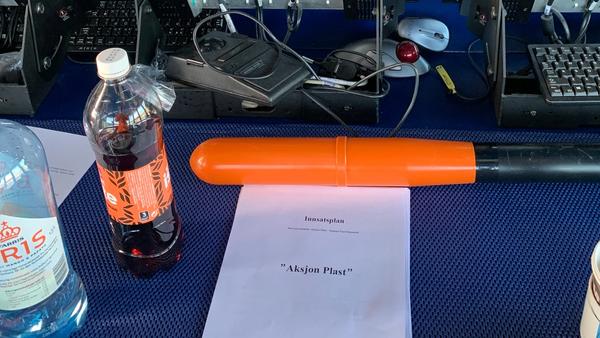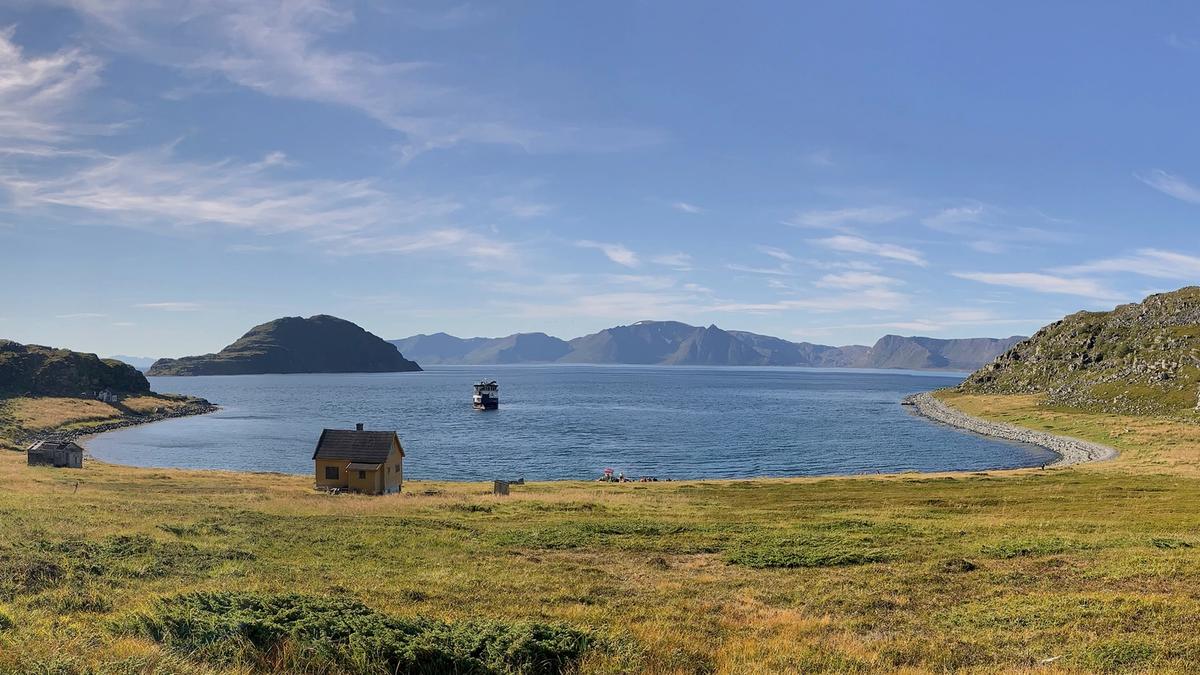Can the Norwegian Coastal Administration’s emergency response fleet for fighting oil spills be used to clean up plastic from beaches? We travelled to western Finnmark with the Norwegian Coastal Administration to test exactly that.

At the start of September, the Norwegian Coastal Administration and the Norwegian Centre for Oil Spill Preparedness and Marine Environment conducted a clean-up operation outside of Hammerfest. The purpose of the clean-up operation was to look at how the Norwegian Coastal Administration’s resources could be used to clean up plastic. Nearly two tonnes of plastic were cleaned up and transported away at the same time as the Norwegian Coastal Administration and Vest-Finnmark IUA carried out a field exercise together with volunteers from the Norwegian Red Cross, the Municipality of Hammerfest and the Norwegian Sea Rescue Society.
A win-win exercise
The Norwegian Coastal Administration has the national responsibility for oil spill preparedness in Norway. A key aspect of the preparedness efforts is the intermunicipal committees against acute pollution (IUAs) throughout the country.
The incident manager at Vest-Finnmark IUA, Per Egil Nilsen, was the senior manager at the incident site. He was very pleased with the exercise.
– It was implemented as an oil spill preparedness exercise and the planning was done as though it was an oil spill with knock-on effects on land. It is important that we have the chance to practice the procedures we have in place for the selection of equipment and organisation of people both on vessels and on land.

With two beaches to clean, transport of crews and equipment on vessels, communications and collection of waste, there were several things for Per Egil Nilsen to handle at the same time throughout the day. He feels that the collaboration between stakeholders was positive and that this is a great way of practising oil spill preparedness.
– The day went extremely well! We have had a chance to practice teamwork, we have created an order and a plan that we managed to implement in a positive way, while also doing something useful for the nature, Nilsen summarises.
Useful experiences for beach cleaning
The aim for the Norwegian Centre for Oil Spill Preparedness and Marine Environment was to gather experiences with the use of oil spill preparedness resources for beach cleaning. Snorre Sklet from the Norwegian Centre for Oil Spill Preparedness and Marine Environment was happy with the implementation of the clean-up operation:
– This operation provided us with useful experiences that we will take with us in the work on proposing models for the organisation of the clean-up of marine litter in Norway. We will propose different models to the Norwegian Ministry of Climate and Environment this autumn.




